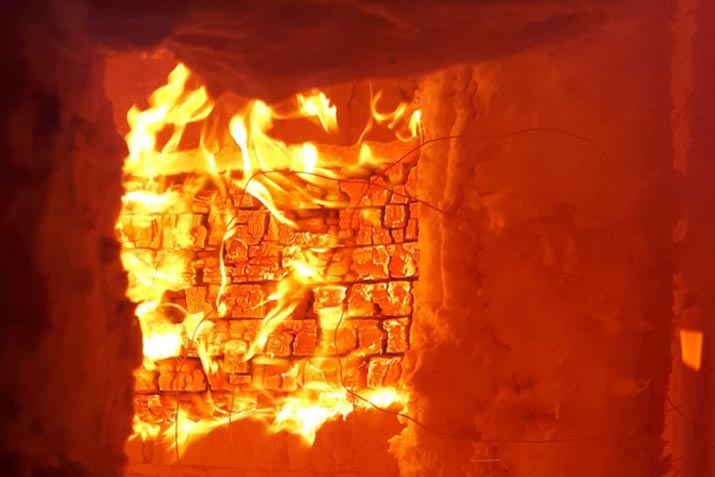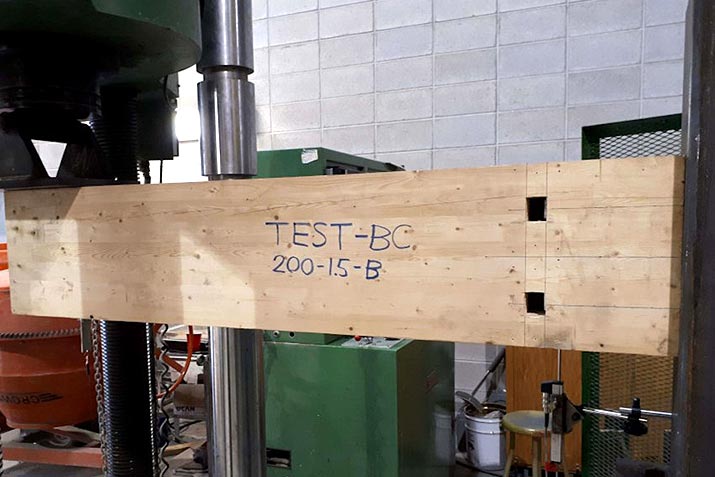

Researchers patent unique method for joining mass timber beams and columns
With mass timber’s future in the construction industry assured, any novel or innovative process that can reduce build time and maintain, or improve on its fire-rated certification for tall timber buildings (joining mass timber) is assured of a receptive audience.
Researchers at Lakehead University in Ontario, Canada, have been feverishly developing a new mass timber connecting system that’s set to gain traction internationally.
Targeted at high-rise mass timber buildings, Prof Sam Salem and graduate student Cory Hubbard developed a method for joining large wooden beams and columns.

ABOVE: Prof Sam Salem, Department of Civil Engineering, Lakehead University, Canada.
“It basically depends on just two steel rods. The steel rods is a way of mechanically connecting structural elements together like beams and columns. … the rods are actually embedded inside the timber element. So they are not exposed to fire,” said Prof Salem.
Steel can degrade quickly in heat, but when fully encased in wood, the steel rods are protected from the heat of a fire according to Salem.
Their novel approach has already been used in more than 700 buildings across Canada that are either completed or in the works, according to the Natural Resources Canada website. Eight of those are at least 13 stories in height.

ABOVE: Testing innovative mass timber beam-column connection
“Currently, an exciting trend in building design is the growing use of mass timber in high-rise buildings. With advanced research on the structural fire performance of innovative building systems, mass timber tall buildings can reach heights comparable to those made of other materials such as concrete and steel.
“Fire is a serious hazard for all buildings regardless of the construction material in use. Advantageously, and unlike light-frame wood construction, mass timber like the glulam sections utilized in the innovative beam-to-column connection in this research char on the outside when exposed to fire while retaining strength and slowing combustion.”
Salem tested his mass timber connection system in Lakehead University’s fire testing and research facility, heating it over the course of an hour to more than 1,000 degrees. For the test he used a relatively small engineered beam, and his next step will be to test a larger beam in an effort to achieve the two-hour fire rating needed for taller buildings.
“It is strong and simple to create, has repeatable results, and looks good, too. It will please both the architect and the engineer for its concealed design and performance in fire with no addition of extra ugly fire protection.”
Read their research HERE
CLICK HERE to return to the home page for more articles.